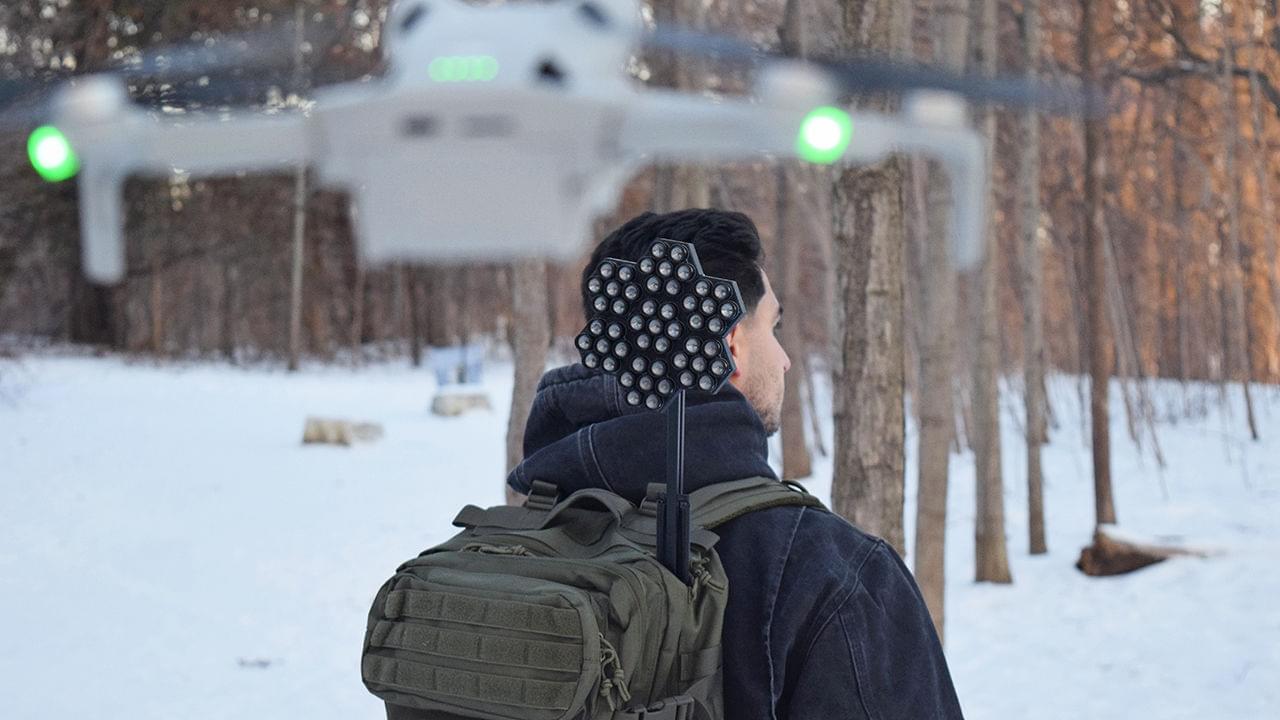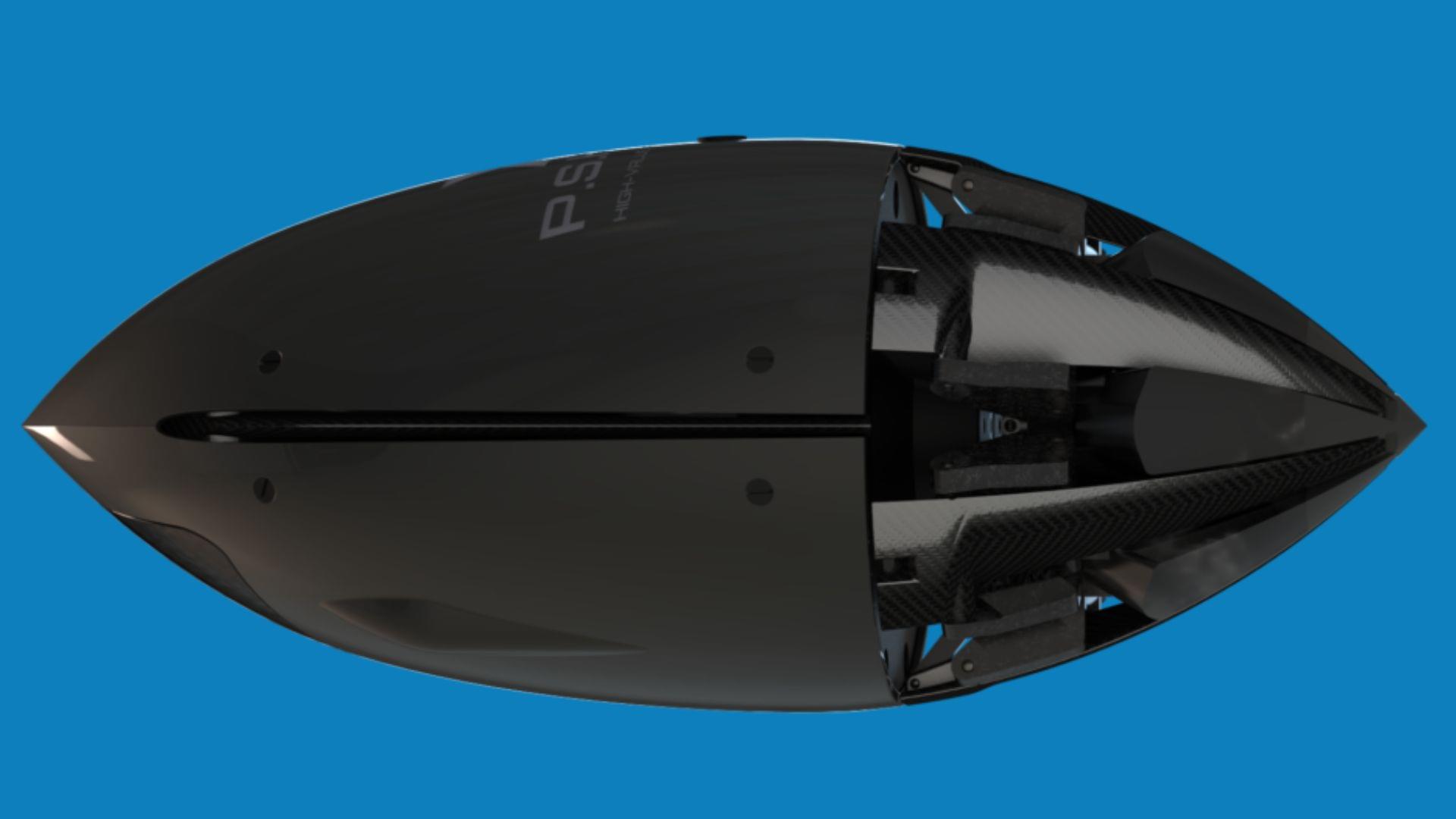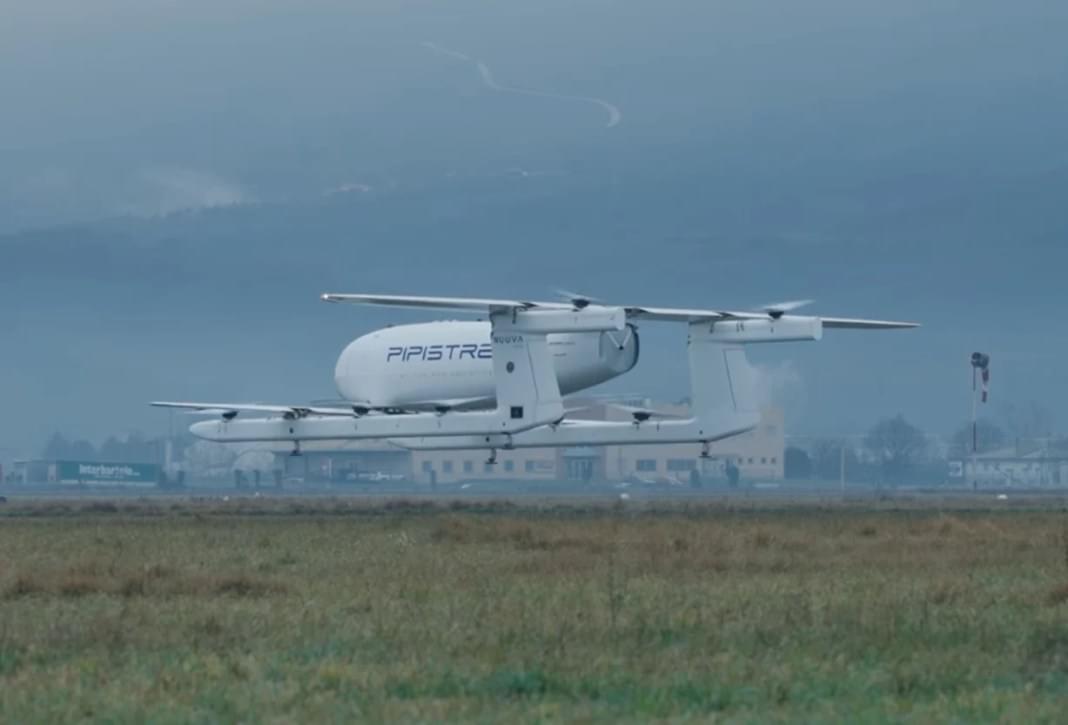Scientists have built a new type of robotic insect that can fly 100 times longer than previous generations.




The company also says that it can prove to be equally useful in the open seas, where it can help in ISR, search and rescue, and other missions.
“Imagine, I can upload the mission in a second, throw it from here, forget about it, and it will strike a high-value target (HVT) 40 miles away – fast, accurate, and quiet,” said Alexander Balan, XDown founder, in a post on LinkedIn.
XDown estimates that the cost of the PSK will be fairly competitive, making it a lucrative offering for the US armed forces. The price and its formal launch date is yet to be announced.

Pipistrel Aircraft has announced the successful completion of the first hover flight for its Nuuva V300, a hybrid-electric vertical takeoff and landing (VTOL) unmanned aircraft designed for long-range logistics and specialized defense operations.
The milestone brings the company closer to deploying its autonomous cargo drone, which promises to revolutionize aerial deliveries with a 600-pound payload capacity and a 300-nautical-mile range.
The Nuuva V300 represents a leap forward in hybrid-electric propulsion, combining eight battery-powered electric motors for vertical takeoff with an internal combustion engine for forward flight. This dual-power system enhances fuel efficiency, minimizes maintenance costs, and provides greater operational flexibility. The aircraft’s design allows it to carry up to three Euro pallets (EPAL) through a nose-loading fuselage, offering a streamlined solution for cargo logistics, humanitarian aid, and defense applications.
Engineers have developed SUPER, a high-speed MAV, using 3D LiDAR and AI for real-time obstacle avoidance, cutting failure rates 35.9 times.

Drone show accidents highlight the challenges of maintaining safety in what engineers call “multiagent systems” — systems of multiple coordinated, collaborative, and computer-programmed agents, such as robots, drones, and self-driving cars.
Now, a team of MIT engineers has developed a training method for multiagent systems that can guarantee their safe operation in crowded environments. The researchers found that once the method is used to train a small number of agents, the safety margins and controls learned by those agents can automatically scale to any larger number of agents, in a way that ensures the safety of the system as a whole.
Researchers tested whether one person could command a robot swarm of drones and ground vehicles in complex missions.
Now, thanks to a brain implant, he’s experienced the thrill in a simulation. By picturing finger movements in his mind, the 69-year-old flew a virtual drone in a video game, with the quadcopter dodging obstacles and whizzing through randomly appearing rings in real time.
T5 is part of the BrainGate2 Neural Interface System clinical trial, which launched in 2009 to help paralyzed people control computer cursors, robotic arms, and other devices by decoding electrical activity in their brains. It’s not just for gaming. Having the ability to move and click a cursor gets them back online. Googling, emailing, streaming shows, scrolling though social media posts—what able-bodied people spend hours on every day—are now again part of their lives.
But cursors can only do so much. Popular gaming consoles—PlayStation, Xbox, Nintendo Switch—require you to precisely move your fingers, especially thumbs, fast and in multiple directions.
When I saw the introduction of this game, the word “edutainment” popped up in my mind. It definitely turns coding into a more fun, satisfying activity.
“Use real Python code to automate machines, robots, drones and more: Program self-driving vehicles; crack passwords; apply machine learning; automate logistics; use image processing to guide missiles,” the description of JOY OF PROGRAMMING — Software Engineering Simulator reads.
There are various levels that are ready in the game, whose goals, mandatory or optional ones, can be solved with different valid solutions. When finishing the levels, you’ll gain stars, which are used to unlock new programming features.
